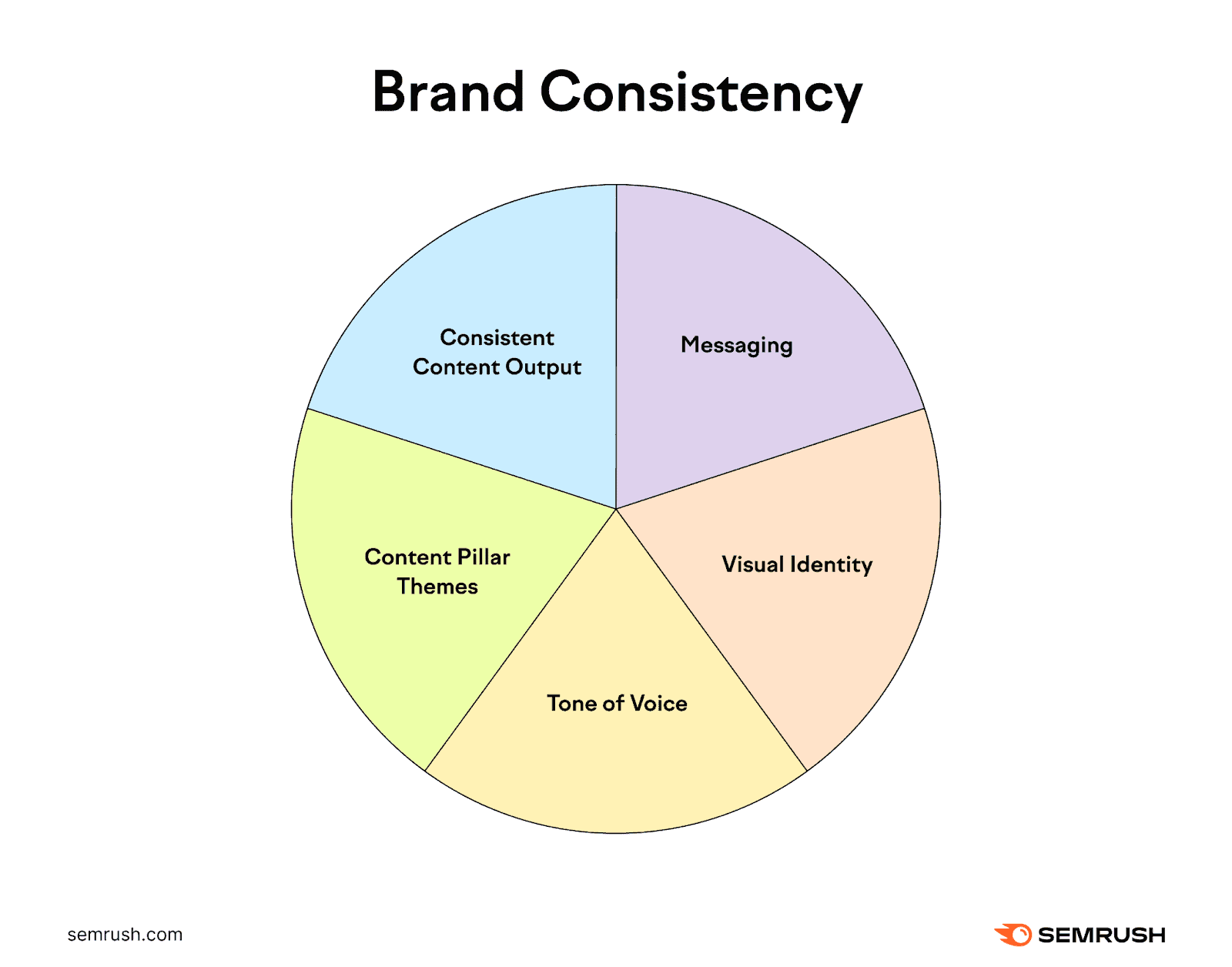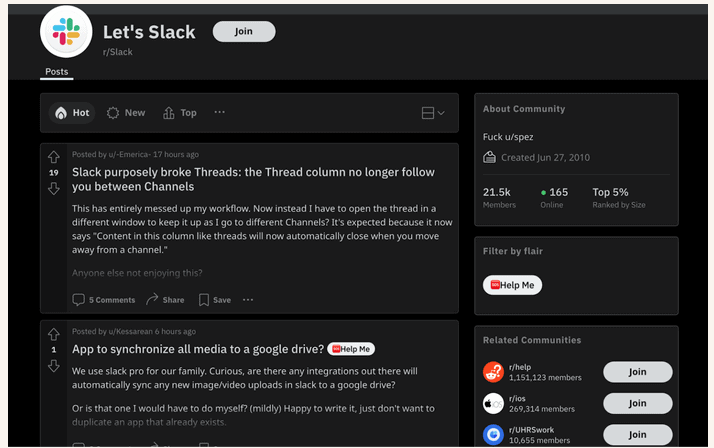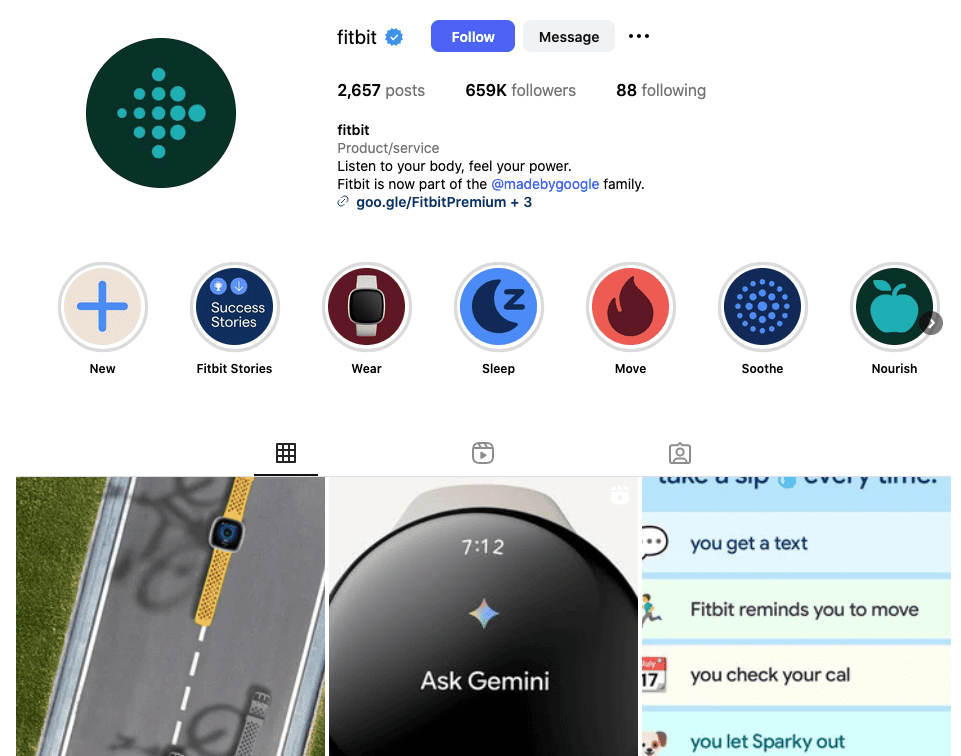Success on social media means having a strategy, and part of that strategy should be creating pillars for social media that resonate and get a reaction from your audience.
With 5.24 billion people — 64% of the world’s population — on social media, and the average daily screen time now at 2 hours, 21 minutes, your content has milliseconds to compete and grab someone’s attention. Brands with consistent messaging across all platforms see a 23% increase in revenue compared to those with inconsistent approaches.
That’s why 60-80% of businesses’ content is entertainment-driven. Brands’ social media teams and freelancers understand the importance of consistency, and a key part of that is developing strategic content pillars.
Content pillars are the foundation of a successful social media strategy across all platforms. Content pillars provide structure, consistency, and direction for all your content creation efforts.
In this article, we look at why this is important, walk you through how it’s done, and provide examples.
TL;DR: Content Pillars for Social Media
- Content pillars are strategic themes that organize your social media content into 3 to 5 core categories, ensuring every post aligns with your brand and revenue goals.
- Brands with consistent messaging see 23% higher revenue compared to those with scattered approaches. Inconsistency drives confusion, and customers/potential customers don’t know what your brand stands for or why they should engage.
- The 5-step process for creating social media content pillars:
- Analyze brand/audience
- Identify core topics
- Define 3 to 5 core pillars
- Create content categories
- Develop social media brand guidelines for these pillars (especially if you outsource social media marketing, or are starting to rely on AI-powered tools, like )
- Sweet spot methodology: Choose topics that align with your audience, business/brand, and find creative ways to entertain and keep your followers engaged.
- Follow the 80/20 rule: 80% value-driven and entertainment-based content, and 20% promotional content across your pillars
- Benefits of content pillars: Improved audience retention, enhanced content creation efficiency, established brand authority, and streamlined planning
- Implementation requires: Platform adaptation (don’t post using the exact same format for every platform), performance measurement, and being flexible based on the data.
Let’s walk you through the five steps for creating social media content pillars in more detail below
What Are Content Pillars?
As various studies have found, consistency matters, and your brand will be more consistent using content pillars. Content pillars are the core themes or topics that can either drive your whole content strategy. Or they can drive specific trends within your strategy. Each pillar serves a specific purpose in your overall marketing plan, and also makes it easier to create image-based theme grids.
Unlike posting random content, having pillars provides a strategic framework that ensures every piece of content aligns with your brand goals, and crucially, what your audience wants to see.
There is a psychology behind why content pillars are effective. This is rooted in how audiences process and remember information. When your content follows consistent themes, your audience begins to associate your brand with specific topics and expertise areas. This makes it easier for your audience to know what to expect and look forward to seeing more of your posts. In turn, this increases follower numbers, engagement rates, CTRs, and purchases.
In the same way that audiences love binge-watching a Netflix series, or wait for the next movie in a franchise, or book in a series by a famous author. People value consistency, and content pillars are a way of making your brand consistent, engaging, and enjoyable.
Common misconceptions include thinking they limit creativity or make content repetitive. In reality, content pillars provide a flexible framework that enhances creativity. You (or the person creating your social media content) gains a clear and consistent framework to use when developing content.
However, the benefits extend beyond just being well-organized and more efficient:
- Content pillars improve brand consistency across all platforms
- They make content planning significantly easier.
- Boost audience engagement through predictable value delivery
- Help establish a clearer brand identity.
Why Content Pillars Matter for Your Social Media Strategy
Content pillars dramatically improve audience retention, giving your brand consistency, which helps increase numerous social KPIs, and crucially, revenue through digital channels. When followers know what to expect from your brand, they’re more likely to stay engaged and want to see what you’ll post next. This predictability builds loyalty and turns followers into loyal customers and advocates.
It’s equally fortunate that content pillars make content creation easier and efficient. Instead of starting from scratch with each post, you or the team/freelancer developing content have themes, templates, and frameworks to use. This speeds up content creation, increases quality, and reduces how much time anything needs to be checked before it gets published.
Well-executed content pillars also establish your brand as an authority in your sector or niche. This works equally well for B2B and B2C brands. It also works well for influencers.
Image source
When you consistently share valuable content around specific themes, you demonstrate expertise and become a go-to resource for your audience. As we know, authority-building has a direct impact on trust, which in turn influences purchasing decisions.
All of this also contributes to positive references and mentions in AI Overviews (AIOs) and AI-generated answers to questions, which further reinforce trust and encourage more customers to buy from your brand.
Now, let’s walk through the five-step process for creating content pillars.
The 5-Step Process to Create Effective Content Pillars
Below are the five steps you need to take when creating content pillars that stop people from scrolling, generate engagement, and encourage click-throughs.
Step 1: Analyze Your Brand and Audience
The foundation of effective content pillars starts with a deep understanding of both your brand and your audience. Begin with a comprehensive brand audit that examines your mission, values, unique selling propositions, and current market position.
Ask yourself:
- What makes your brand different?
- What expertise do you bring to your industry?
- What problems do you solve for customers?
Understanding your audience is crucial. Conduct thorough research into your audiences/customers:
- Demographics
- Pain points
- Interests
- Content consumption habits
- Social platforms/apps they’re on (to make sure you’re posting content they want to see on the right platforms)
Use tools like social media analytics, customer surveys, and competitor analysis to gather insights.
Step 2: Identify Your Core Topics
With a clear understanding of your brand and audience, have a creative session focusing on potential topics that align with what your audience wants to see, what would help you stand-out, be funny or informative (or both), and business goals.
Utilizing a “sweet spot” methodology ensures that your content pillars serve multiple purposes effectively.
Evaluate each topic against three criteria:
- Does this topic showcase our expertise?
- Does our audience care about this topic?
- Does this topic support our business objectives?
Topics that score well on all three criteria are strong candidates for content pillars. Just make sure the message matches the medium, and use authenticity and humor whenever possible. Crucially, stay consistent for every pillar.

Image source
Step 3: Define 3-5 Content Pillars
As we’ve found, 3 to 5 content pillars provide the best balance between variety and focus.
Strong content pillars are broad enough to support multiple content formats and subtopics, yet specific enough to maintain clear focus and purpose. They align closely with your brand values and business objectives while resonating strongly with your target audience.
When naming your content pillars, use clear, memorable terms that your team can easily understand and implement. Simple, descriptive titles are most effective for internal planning and strategy implementation.
Step 4: Create Content Categories for Each Pillar
Once you’ve established your main content pillars, break each one down into specific content categories and formats. This granular approach ensures variety within each pillar while maintaining thematic consistency.
For each pillar, use different content types, such as:
- Educational posts
- Entertaining content
- Inspirational messages
- Promotional posts
- User-generated content
- Behind-the-scenes glimpses.
These aren’t specific content formats. This is how you frame the pillars. Plan how you’ll distribute this content type across various formats, such as static posts, carousel slides, videos, stories, and live sessions.
Establish content mix ratios to maintain a balanced approach. The most sensible and practical approach follows the 80/20 rule:
- 80% value-driven content (educational, entertaining, inspiring);
- 20% promotional content.
Step 5: Develop Content Guidelines and Voice
Establish clear guidelines for each content pillar, including tone of voice, visual style, messaging focus, and quality standards.
These guidelines ensure consistency regardless of who creates the content and help maintain brand integrity across all platforms.
Create content templates and frameworks that streamline production and ensure consistency. Develop standard formats for different post types, including caption structures, hashtag strategies, and visual guidelines.
Content Pillar Examples by Sector
Below are three examples of how to develop content pillars for three competitive and growing sectors:
- Retail and eCommerce
- SaaS, technology
- Health and wellness.
Retail/eCommerce Example
For example, a fashion retailer might structure their content around four strategic pillars:
- “Product Spotlights” showcasing new arrivals and bestsellers
- “Lifestyle Inspiration” creates aspirational content
- “Customer Success Stories” building social proof through testimonials
- “Behind-the-Scenes” content humanizes the brand
E-commerce brands typically email campaigns simultaneously.
This is for lead and customer nurturing. The best way to do that is with an email marketing platform, and out of all of the options, Brevo stands out as one of the most effective and cheapest.

An example of this: “Santos by Monica @santosbymonica” (HubSpot)
SaaS/Technology Example
A project management (PM) software company (SaaS) might focus on:
- “Educational Content/Tutorials” that teach productivity methods
- “Industry Insights” covering trends and research
- “Customer Success” highlights case studies
- “Company Culture” showcases team members and values.

An example of this: Slack’s “Let’s Slack” Reddit channel (Source: Foundation)
Law Firm Examples
Law firms, including personal injury specialists, can use social media to demonstrate expertise and skills that help their clients:
- Local knowledge: Laws are different in every state, so you need a lawyer who specializes and is licensed to practice in your state
- Practice specialization: It is beneficial to work with a lawyer who focuses on one or more specific areas, such as personal injury, immigration, criminal defense, or wrongful death cases.
- A law firm’s social media posts should showcase the relevant areas of expertise, examples of cases won, and positive reviews. This way, potential clients will have confidence that they can get the help they need.
Health & Wellness Example
A nutrition coach or health-focused digital creator might center their content around:
- “Educational Health Tips”
- “Success Stories/Testimonials”
- “Product Benefits”
- “Community Building” through challenges and user-generated content.

An example of this: Fitbit on Instagram (Source: Healthinomics)
🔥 Unlock AI for Social Media and Save 20% off ALL Yearly Plans: Use 20: Sign up now and start scaling your social media updates in minutes 🔥
Key Takeaways and Next Steps
Adapt your content pillars across different platforms while maintaining core themes, for example:
- Instagram should emphasize visual storytelling
- LinkedIn is about authentic professional insights
- TikTok can be all about entertaining content.
Creating effective content pillars transforms social media from random posting into strategic communication that drives real business results. The five-step process outlined in this guide provides a framework for developing pillars that align with your brand, serve your audience, and support your business objectives.
Remember that content pillar development is an iterative process. Start with 1 or 2 well-defined pillars, refine them based on performance data and audience feedback, then increase to 3, then 4. Consistency and patience are key — it takes time to see the full impact of strategic content pillar implementation.
The investment in developing strong content pillars pays dividends through improved efficiency, better engagement, clearer brand positioning, and stronger customer relationships. Your audience will associate your brand with specific value and expertise, creating the foundation for long-term business growth.
🔥 Unlock AI for Social Media and Save 20% off ALL Yearly Plans: Use 20: Sign up now and start scaling your social media updates in minutes 🔥
Creating Content Pillars for Social Media Frequently Asked Questions (FAQs)
How many content pillars should I have?
As we’ve found, between 3 and 5 content pillars provide the optimal balance. Fewer than three limits content diversity, while more than five can dilute your messaging. At the same time, this would overwhelm your content creation process.
Most successful brands start with 3 or 4 well-defined pillars and refine them based on performance data and audience feedback.
Can content pillars work for any type of business?
Yes, content pillars are adaptable to any sector or type of business.
Whether you’re in retail, e-commerce, a SaaS, a fitness coach, or a professional service provider, the key is identifying themes that will delight, educate, or inform your audience. Ideally, try to show off your brand, personality, inject some humor, and occasionally promote.
Specific pillar topics vary according to sector, but the strategic framework remains effective across all business types.
How do I know if my content pillars are working?
Track the following:
- Specific KPIs for each pillar;
- Engagement rates;
- Reach (allowing for algorithmic impact);
- Website traffic;
- Lead generation or sales
- And other conversion metrics.
Look for increased audience retention, follower numbers, consistent engagement across pillar categories, and improved brand recognition. You should also see streamlined content creation processes and clearer brand positioning. If certain pillars consistently underperform, use the data to refine your strategy and adjust your content approach.








